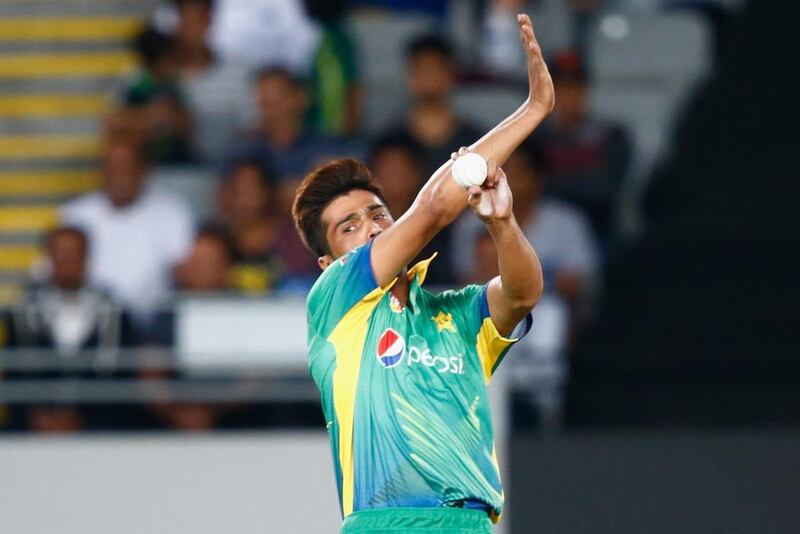I cannot say that I remember Mohammed Amir’s last ball in international cricket. But through ESPNcricinfo’s ball-by-ball commentary I can probably conjure a pretty decent picture of what it might have been like.
Aimed at the stumps it hit England batsman Jonathon Trott’s pads, ending up behind square on the leg-side and allowing him to take a leg bye.
As he was round the stumps the angle is easy to figure. This was the 121st over of the innings of the fourth Test at Lord’s in 2010 so maybe he was looking for reverse.
Forgetting the first ball of his return to international cricket will not be so easy.
It was full, but that peculiar length between a half volley and a yorker that is rarely as potent unless delivered by a Pakistani wrist: it is the late swing, see.
At 136 kph it had wheels too, and again the kind that Pakistanis generate.
More Cricket
[ Osman Samiuddin talks with Shoaib Akhtar about whether Mohammed Amir deserves another shot ]
Not one that meets the bat hard, but one that swooshes into it, or past it; not as adversary but as an agent of seduction. Drive me, go on, promise I won’t bite.
Such ploys need swing and duly this one had it. Better, it had shape and exactly the shape that illuminated his first career, that parabola that once found a way past Mitchell Johnson’s bat so unforgettably at Headingley.
Here, to New Zealand’s Martin Guptill, the radar was off and it swooshed harmlessly down legside: a wide.
But across the four overs he bowled in Friday’s Twenty20 match in Auckland, that was the only time it looked as if he had been out for so long and that, yes, he may be nervous.
That first over, which he ended with a ball at 143 kph, was more emotional than I had bargained for. But it was the type of emotion that a great piece of music produces, when your body is gripped by the act it is witnessing or listening to and so, its actions are not in your control.
It was fraught too, at least for the hope that he does not bowl a no ball. He did not and, as some replays made clear, he was landing some distance behind the line, enough to assume that he was being extra careful to not err that way.
It was a relief, in fact, that the errors came from others, off his bowling. Shahid Afridi and Sohaib Maqsood both dropped simple chances and Amir could not help but let out a cry of frustration at the second.
He stifled it almost immediately, just as he had not once when Umar Gul dropped a sitter off his bowling in Wellington in 2009. That had led to a bit of heat between the two, the kind he cannot get into now. Or, probably, ever.
In the fantasy world in which you had no idea about Amir’s backstory, watching him on his return would have let slip not a peep that this is a man who did not bowl a single competitive delivery for nearly five years.
There can be no more accurate assessment of his first game back that he did not look anything but an elite fast bowler and actually, better than quite a few.
What does it say about his gifts, or those of any successful athlete? Sure they all work hard in the Gladwellian sense where 10,000 hours is the answer to all sporting excellence.
But, as a physical study, Amir is, for professional sport, a case it has rarely – if ever – come across. Maybe it will tell us that athletes are not just like you and I except with 10,000-plus hours of practice. Maybe he will not succeed. Either way, we are in uncharted territory.
There was one difference though and it was in the way he was, not the way he bowled. Understandably, the ebullience was dimmed. There was relief, not so much elation at his sole wicket.
High fives and pats on the back from only a few teammates, though that is also explained by the field being spread and this being the death. In that first over Sarfraz Ahmed gave him a little ‘shabaash Amir’, reassuringly routine encouragement from a teammate. It did not feel so routine.
In celebratory congregations and discussions, he stood – almost nervously – on the edges, observing rather than participating. Briefly, he looked 17 again. If only.
Follow us on Twitter @NatSportUAE
Like us on Facebook at facebook.com/TheNationalSport





